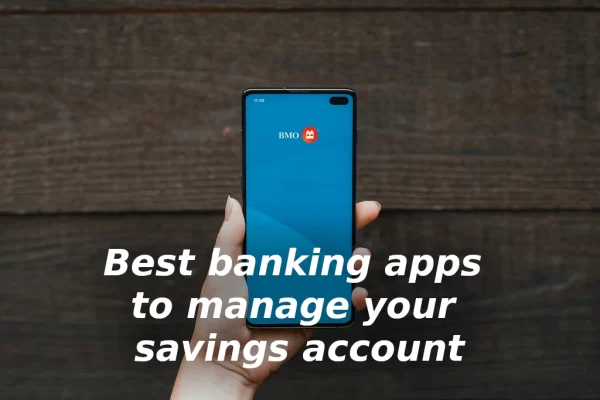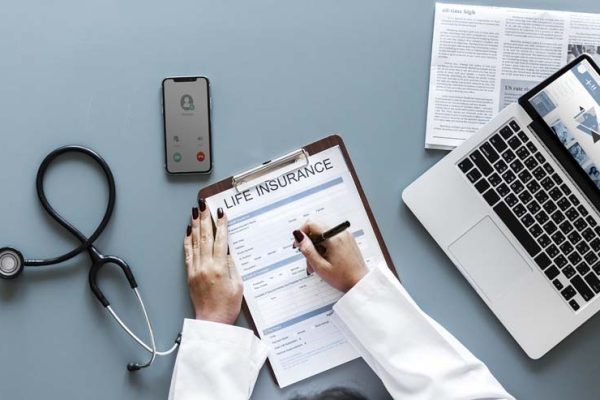VAT Service is Value Added Tax Services – A Tax that records the final consumption of products and / services. That is, a Tax that only the final consumer pays. In no case the autonomous or entrepreneur.
When we buy or sell products and / or services, a corresponding VAT is paid or entered. But later, this will be settled quarterly (or monthly), with the return / settlement being made with the Treasury.
To better understand this concept of VAT Services, it is important to know how to differentiate between Supported VAT and Recovered VAT.
VAT Supported:
It is the tax that we, as freelancers or entrepreneurs, “pay” for the purchase of material. For example, if we buy Computers for our work office, we must “bear” the VAT related to this purchase. And being a necessary purchase for the development of my business, I can deduct the Tax.
Another clear example would be the purchase of stocks or finished products that I will then sell to an end customer. This purchase from the supplier, which also carries a specific VAT, may be deductible to the Treasury.
Therefore, we could say that the VAT supported is the VAT of purchases and expenses. The VAT that appears on our invoices received.
Output VAT:

On the contrary, the VAT Repercutido is the VAT associated with invoices for the sale of products and / or services. That is, when we issue a sales invoice, we retain an economic amount for VAT, which the final consumer will finally pay.
It is very important to be clear that the economic amount of VAT Repercutido is not ours, but we must return it to the Treasury.
Therefore, once we subtract the total amount of VAT Repercutted on the VAT supported, the Autonomous or Entrepreneur may make the quarterly settlement before the Treasury.
What can happen?
- If Supported VAT is greater than Repercutted VAT. As a freelancer or company, you have paid more VAT on your purchase and expenses invoices than that VAT obtained for issuing invoices to the final consumer.
- And in the issuance of my sales invoices, how do I apply VAT?
- At the time of issuing your invoices as Autonomous, you will charge an amount related to a specific VAT, which you must retain, to later liquidate the Treasury.
- In most cases and professional services activities VAT must be applied to the Invoices.
- It is important to note that VAT is applied on the Tax Base. That is, on what the Autonomous or Company really should charge for the product or service sold.
The expert makes the following recommendations to organizations:
1– Know and keep updated of the reform, particularly in those elements that are not part of the current tax model and that will almost certainly be implemented, such as Value Added Tax (VAT), new taxes, ranges and rates to profits and other income.
2- Evaluate whether information systems, internal staff and procedures are prepared to implement the changes. It should be considered that the current version of the 20,580 file only grants 6 months for most of the changes to take effect, which in several cases will involve adjustments in the way in which the information is recorded, accounted for, calculated and reported.
3- Verify that the ERP software providers that the companies have hired are capable of assuming changes as quickly and efficiently as the tax authorities would require.
4- Get ahead of the possible changes. There are aspects of the reform that are not yet possible to implement because they can change, but it is possible to anticipate by taking measures that will support the most probable changes. For example, staff can be trained in VAT management, validate that information systems are enabled to change rates and control tax credits and change procedures so that they are more adaptable to the new conditions.











